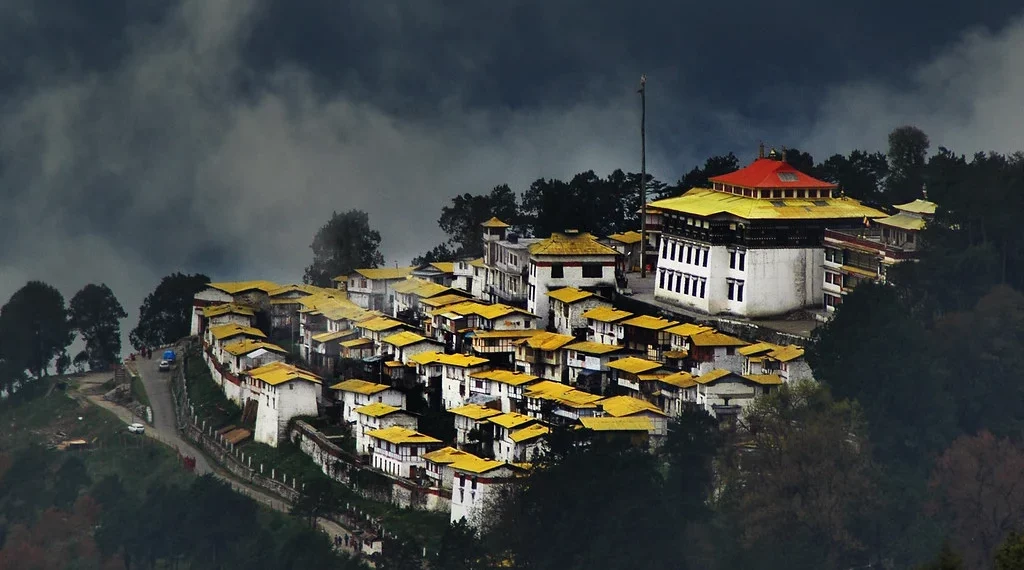Tawang Monastery in Arunachal Pradesh is the largest Buddhist monastery in India, and the second largest in the world.
Since it is situated in the valley of the Tawang Chu, in close proximity of the Chinese and Bhutanese borders, very few people in India are aware of this historical treasure that makes the Tawang Monastery one of the finest in the world.
Set at a height of around 10,000 ft above sea level and overlooking the Tawang valley, the 350-year-old monastery is the perfect abode for spiritual and self reflection.
Popularly known in Tibetan as the Gaden Namgyal Lhatse, which means ‘the divine paradise of complete victory’, the Tawang Monastery was founded by Merak Lama Lodre Gyatso as per the wishes of the 5th Dalai Lama.
In Tibetan language, ‘Ta’ means “horse”, ‘wang’ means “chosen”, which together forms the word ‘Tawang’, meaning “the location selected by horse”. So, it is apparently believed that that the location of the holy monastery was selected by a horse.
There are legends in connection with the selection of the site for establishment of the Tawang Monastery.
According to the first legend it is said that location of the Tawang Monastery was selected by Merak Lama Lodre Gyatso’s horse. Assigned by the 5th Dalai Lama to establish a monastery, Merak Lama Lodre Gyatso initially failed to locate a suitable place. One day when he was offering prayers in a cave, seeking divine intervention to choose the site, he came out of the cave, and found his horse missing. After a thorough search, the horse was found grazing at the top of a mountain called Tana Mandekhang.
Merak Lama Lodre Gyatso took this as a divine and auspicious guidance and decided to establish the monastery at that location, now known as Tawang.
According to another legend, a white horse of the Prince of Lhasa had wandered into Monpa region. People, who went in search of the horse, found the horse grazing at the present location of the Tawang Monastery. The people of the area then worshipped the horse and the location where it was found and venerated it every year. Eventually, to honour the sacred site, the Tawang Monastery was built at the site.
The three-storey Tawang Monastery has 65 residential buildings, and the library of the monastery has valuable old scriptures, mainly Kangyur and Tengyur.
The Tawang Monastery has a school and its own water supply facility,[9] and a centre for Buddhist cultural studies.
Until 1914, Tawang and nearby areas was under the control of Tibet. However, under the Simla Agreement of 1913-14, the area came under the control of the British Raj.
The monastery has a printing press for printing religious books using paper made locally by the Monpa tribal population.
The printing press at the Tawang Monastery uses wooden blocks to print the books, which are used usually by the literate Monpa Lamas who refer to it for conducting religious rituals.















